This is part of an essay series on the mutual challenges posed by climate change and opportunities presented by the energy transition that the Gulf Cooperation Council (GCC) and Turkey share.
Introduction
Since the mid-1980s, Turkey’s priority has been to meet the increasing energy demands caused by industrialization and population growth. On the one hand, Turkey is involved in many pipeline projects to supply oil and natural gas, especially from neighboring countries. On the other hand, it has focused as much as possible on electricity production from domestic and renewable resources. In this context, Turkish decision-makers gave high importance to bringing high hydroelectric potential to the economy and strongly encouraged the rapid construction of wind and solar power plants, with various purchase guarantees and support mechanisms for both since the 2000s.
While Turkey’s primary energy demand was 53 million tons oil equivalent (mtoe) per year in 1990, this figure increased to 147 mtoe by 2020. In the process, Turkey’s energy policies were shaped around two main axes. The first priority was supply security, while the secondary priority was to ensure the most reasonable prices possible for energy imports, as Turkey heavily depends on fossil fuels (natural gas, oil, and coal), which meet roughly 80 percent of Turkey’s primary energy demand. Just as the increase in global oil prices following the outbreak of the Iraq War in 2002 seriously affected Turkey, it was one of the countries most affected by the increase in oil and natural-gas prices during the Ukraine War. It should be noted that Turkey paid $97 billion for energy imports in 2022, breaking its all-time record.
Turkey will continue to face important challenges in the future. According to the National Energy Plan (NEP) published by the Ministry of Energy and Natural Resources (MENR) in 2022, Turkey’s primary energy demand will increase to 205 mtoe in 2035. While the installed power-plant capacity will increase from 105 gigawatts (GW) to 189.7 GW, the new capacity will consist largely of solar and wind-power plants. In this context, the challenge of managing energy transformation in line with global trends will be added to Turkey’s priorities of supply security and affordability. It is important to underline that Turkey’s concept of energy transformation is evolving toward a more liberal market structure with a smart transformation strategy, while transitioning to a carbon-neutral economy without increasing costs for the end consumer. This process will include many cooperation opportunities, especially for joint investments in renewable-energy facilities, electricity and gas distribution, grid modernization, optimization, digitalization technologies, hydrogen and ammonia production, and so forth.
Turkish energy transition 1.0
Alparslan Bayraktar, Turkey’s minister of energy and natural resources (MENR), defined the country’s energy policies between 2002 and 2018 as Energy Transition 1.0 in an article he wrote for Turkish Policy Quarterly in 2018, when he served as the deputy minister. Bayraktar summarized the priority policy set for the sector, which attracted more than $60 billion of investment in this process, as part of the transition to a more transparent and competitive energy market. Indeed, after the AK Party first came to power in 2002, it launched broad privatization and liberalization policies for all segments of the energy sector. In this period, electricity-distribution companies and natural-gas utilities—with the exception of Istanbul’s gas-distribution firm İGDAŞ—were privatized. While some publicly owned power plants were privatized, the private sector’s share of electricity production increased to 80 percent. The most important point here is that most of these investments were carried out in line with liberalization and free-competition principles, without long-term guaranteed-purchase contracts. In addition, the market structure was strengthened by the unbundling of vertically integrated public companies.
Turkish energy transition 2.0
Bayraktar states that Turkey has moved to version 2.0 in energy transformation within the framework of the National Energy and Mining Policy (NEMP) published by MENR back in 2017. He explains NEMP’s three main pillars as “security of supply, localization, and predictability in the markets.”
In this context, Turkey’s infrastructure investments between 2017–2023 have almost permanently solved the supply security problem. By increasing the capacity of land-based liquefied-natural-gas (LNG) terminals and commissioning new floating storage regasification units (FSRU), Turkey’s daily LNG regasification capacity has exceeded 140 million cubic meters (mcm). In addition, with the increase in the capacity of the Silivri Underground Natural Gas Storage facility and the commissioning of the Tuz Gölü Natural Gas Storage facility, Turkey’s annual natural-gas storage capacity reached 6 billion cubic meters (bcm). With the commissioning of international natural-gas pipelines such as TurkStream and Trans-Anatolian Pipeline (TANAP), Turkey achieved resource and route diversity. With a gas entry capacity of more than 400 mcm per day, Turkey not only meets its domestic needs but has become a supplier to neighboring countries, with state-owned BOTAŞ signing gas-export agreements with Bulgaria, Romania, Hungary, and Moldova. The discovery of the Sakarya gas field in the Black Sea and the increase in oil production are also among the important developments during this period. There are also established oil, oil products, and gas import and trade relations between Turkey and Gulf Cooperation Council (GCC) countries. As Qatar emerges as one of Turkey’s most important LNG suppliers, Saudi Arabia supplies roughly 5 percent of Turkey’s crude-oil demand. Saudi Arabia and the United Arab Emirates (UAE) supply gasoline, diesel, and other relevant oil products to Turkey. Last but not least, BOTAŞ recently signed a 1.4-bcm LNG-offtake agreement with Oman LNG company.
Renewable-energy investments are also gaining momentum in the field of electricity generation. After triggering these investments through a feed-in, tariffs-based support mechanism (YEKDEM) elaborated in December 2010, the new strategy brought further investment opportunities to Turkey. This entailed a “renewable energy resource zone (RE-ZONE) competition mechanism,” which encouraged investors not only to build power plants but also to manufacture renewable-energy equipment in Turkey. This RE-ZONE model aims to both utilize renewable resources and reduce the country’s current-account deficit with locally manufactured equipment. Considering investments since the new approach was announced, installed wind capacity increased from 7 GW to almost 12 GW, and solar capacity increased from 5 GW to 10.1 GW.
There is still much to do in the market-liberalization sphere. Especially in the natural-gas market, BOTAŞ’ dominant position in both imports and the domestic market prevents the formation of a gas market with liquidity. In addition, subsidizing domestic-market sales prices from time to time also harms market predictability. This situation also negatively affects Turkey’s strategy to become a natural-gas hub, which is a widely discussed topic. Similarly, the pricing policy of the public company EÜAŞ also emerges as an important issue. For this reason, it is of great importance to eliminate interventions through public companies and generate healthy price signals.
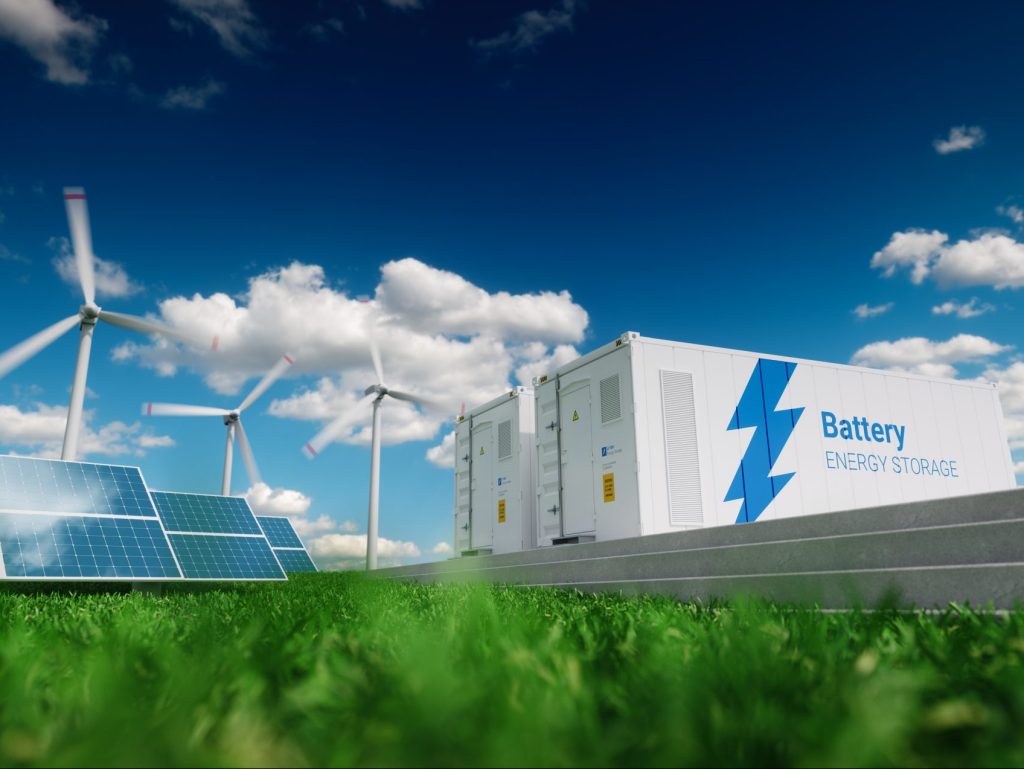
If you want to go fast, go alone;
if you want to go far, go together!
Energy transition 3.0: Go together
Transitioning to carbon-neutral economies has emerged as a must rather than a necessity. However, the threats faced by our planet and humanity, especially global climate change, clearly demonstrate that no country can overcome these challenges alone. The phenomena of decarbonization, decentralization, digitalization, and diversity (4D) force all countries to cooperate in this journey.
For this reason, Bayraktar argues that the energy transition should be smart, and he summarizes the main parameters of this smart transition as an energy transition that is inclusive, responsive, flexible, rational, and digital. The minister has explained: “What Turkey foresees is a smart energy transition, where decisions are made rationally, not emotionally, for the purpose of maintaining our supply security, diversifying our energy mix, and transforming Turkey into an energy hub, becoming a safe space for investors. In line with this objective, we will continue to increase our oil and natural gas production as well as build nuclear power plants to diversify our energy mix.”
At this point, NEP targets should be examined. Turkey, which plans to become a carbon-neutral economy by 2053, has set challenging targets for 2035. The most challenging is to increase the total installed power-plant capacity to 189.7 GW (it is currently 105 GW). To achieve these targets, it aims to invest mainly in wind and solar power plants and reach capacities of 52.9 GW and 29.6 GW, respectively. Another goal is that approximately 5 GW of the installed wind power will be offshore, and studies on this issue continue in close cooperation with the World Bank. Various companies are interested in investing in offshore wind projects in Turkey, and the UAE’s Masdar is also closely following developments there. A study published by the World Bank in 2019 stated that Turkey’s total offshore wind power-plant potential was around 75 GW. TÜREB states that Turkey’s total wind potential is around 150 GW. Similarly, GÜNDER stated that Turkey’s total solar potential is more than 150 GW.
Another of Turkey’s priorities is to invest in base-load nuclear energy and battery facilities to manage the energy-transformation process in a healthy way. According to the NEP, Turkey aims to reach 7.2 GW of installed nuclear-power capacity by 2035. In addition to conventional nuclear-power plants, small-scale nuclear power plants (SMR) have become among Turkey’s priorities. Bayraktar recently announced in an interview with the Turkish television channel NTV that the ministry wants to reach a total SMR capacity of 5 GW. In the long term, Turkey plans to have a significant share of nuclear power in its electricity-generation portfolio.
In battery investments, Turkey aims to have an installed capacity of 7.5 GW in 2035. However, pre-license applications to the Energy Market Regulatory Authority (EMRA) have already exceeded 90 GW. Undoubtedly, most of these applications will not be implemented, but the interest in the sector suggests that investments realized in the coming period may be above the level planned by the ministry.
Another priority for Turkey will be green- and blue-hydrogen investments, especially for industrial use. According to the NEP, the target is 5 GW of electrolyzer capacity in 2035. Though hydrogen projects in both Turkey and GCC countries are at the early stage, Turkey and Saudi Arabia announced establishment of working groups on development of hydrogen-production technologies. In the hydrogen strategy paper published by the ministry, the targeted capacity is 70 GW by 2053. Considering both its renewable-energy potential and its proximity to Europe, Turkey can be an important hydrogen producer and exporter. While it’s very early to make sound forecasts about hydrogen production and demand, Europe has a clear strategy to increase hydrogen consumption to replace fossil fuels. The Gulf region and North Africa are emerging as the cheapest hydrogen-producing regions with high-efficiency, renewable-energy production as per International Energy Agency (IEA) data. Turkey is also a key country, considering its status as a transit option and its significant renewable-energy deployment. That’s why the future will see strong cooperation between Turkey and GCC countries.
At this point, Turkey’s main approach is to develop international cooperation. In this context, during President Recep Tayyip Erdoğan’s visits to the UAE, Qatar, and Saudi Arabia in July 2023, memoranda of understanding (MoUs) were signed regarding investments with a total size of $29.7 billion. These planned investments will be made in in renewable energy, including offshore wind, solar energy, clean hydrogen, and nuclear power, in line with Turkey’s future projections. Within the scope of the visit, an agreement was signed between Limak and Alpha Dabi to realize joint investments, including in the energy sector. The strategic-cooperation agreement signed between Abu Dhabi National Oil Company (ADNOC) and Türkiye Petrolleri Anonim Ortaklığı (TPAO) also stands out as important.
Similarly, Turkish and Saudi Arabian leaders decided to develop cooperation in energy fields, including renewable energy, electricity interconnection between the two countries, electricity exports from Turkey to Europe, energy efficiency, innovation and clean technologies for hydrocarbon resources, low-carbon fuels such as clean hydrogen, and nuclear energy. They expressed their desire to explore cooperation options regarding areas of peaceful use and the regulatory aspects of these areas.
Even before these trips, the interest of GCC companies in Turkey was remarkable. In 2022, International Energy Holding, a subsidiary of International Holding Company, acquired a 50-percent stake in Turkish renewable-energy company Kalyon Enerji for $490 million. As Bloomberg reported earlier, Masdar is interested in buying shares of Fiba Energy, an owner of wind farms in Turkey. Clearly, there is a convergence of priorities and policies between Turkey and GCC countries regarding the energy transition. Developing political relations will be further cemented by economic investments.
Conclusion
Both Turkey and GCC countries seem aligned in terms of green-energy transition strategies. While Turkey has large industrial production capacity, as well as substantial experience and know-how in renewable-energy power-plant installations, GCC countries have ample financial capacities and huge renewable-energy deployment potential thanks to long sunny seasons. On top of that, Gulf countries are also looking for lucrative investment opportunities around the world. Therefore, strategies and economic aspects of both sides seem to complement each other. Thanks to financial capabilities, Gulf countries can invest in Turkish companies and/or develop common projects in both Turkey and the Gulf region. Erdogan’s working trips to Gulf countries and signed MoUs are clear signals of future joint steps.
Eser Özdil is a Nonresident Fellow at the Atlantic Council IN TURKEY & founder of Glocal Group Consulting, Investment & Trade
Further reading
Fri, Dec 8, 2023
Charting energy transitions in the Eastern Mediterranean and Arabian Peninsula
Report By
While Turkey and the GCC have different renewable energy motivations, they need to evolve and combine experience and resources for energy security and sustainability.
Fri, Dec 8, 2023
Forging a collaborative energy transition between GCC and Turkey
Report By
Turkey and the GCC cannot self-achieve energy transition. Nations need to plan how to join forces for diversifying energy sources and reducing carbon footprints in the region.
Fri, Dec 8, 2023
EV adoption could drive collaboration for renewable energy in Turkey and GCC
Report By
Turkey and the GCC have ambitious environmental targets. Here is how a collaboration on renewable energy and EV adoption can help with achieving those targets.
Image: SHUTTERSTOCK
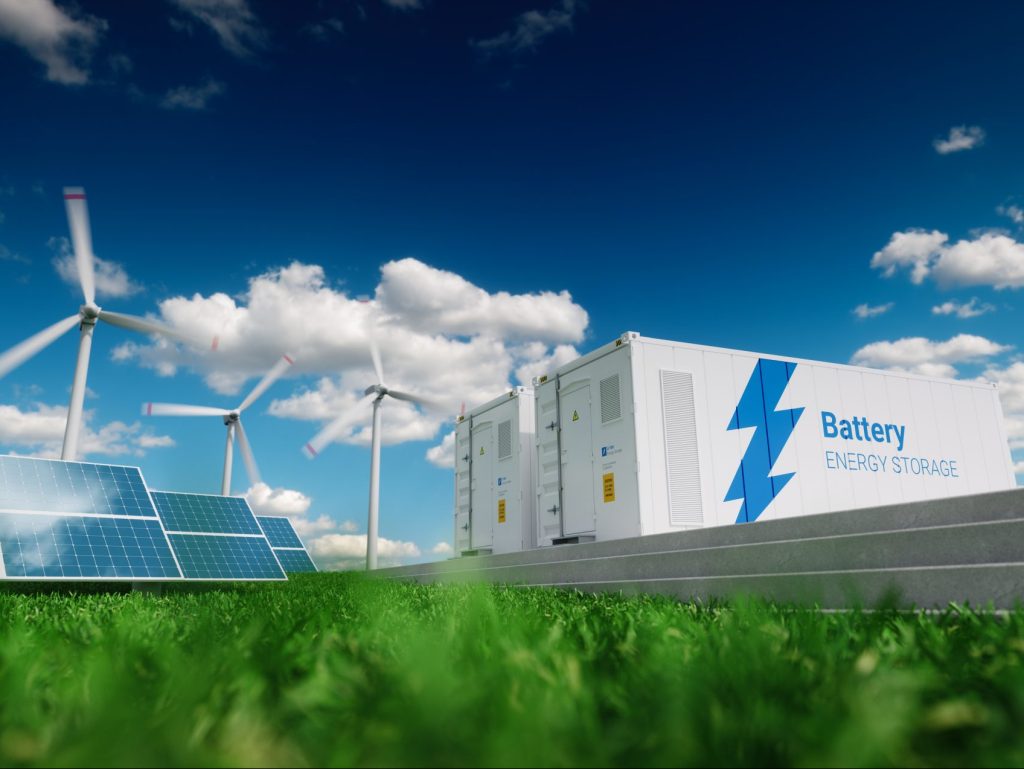
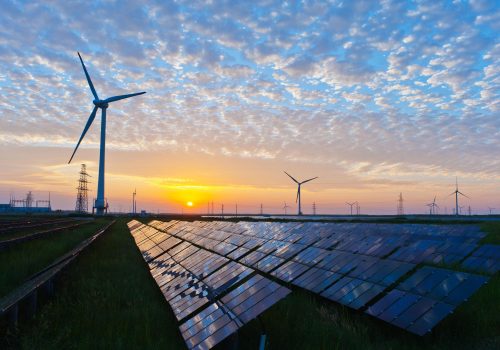
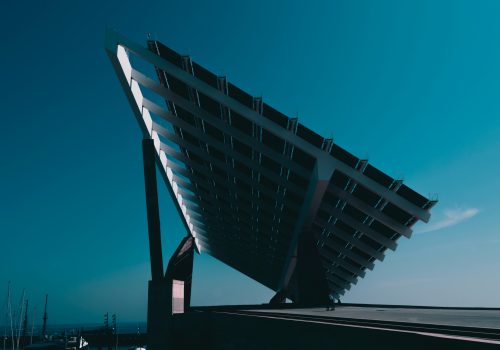
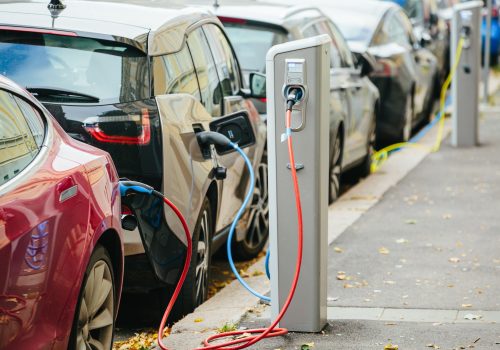
Follow the conversation on X, formerly known as Twitter, with @AC_Istanbul and @AtlanticCouncil using #ACTurkey and #ACatCOP28